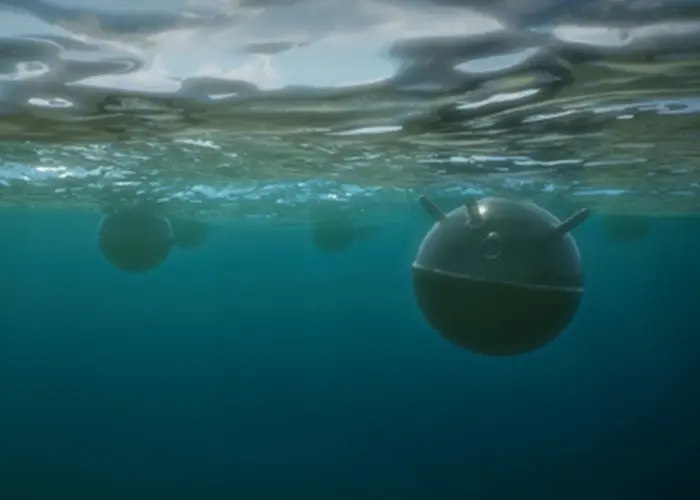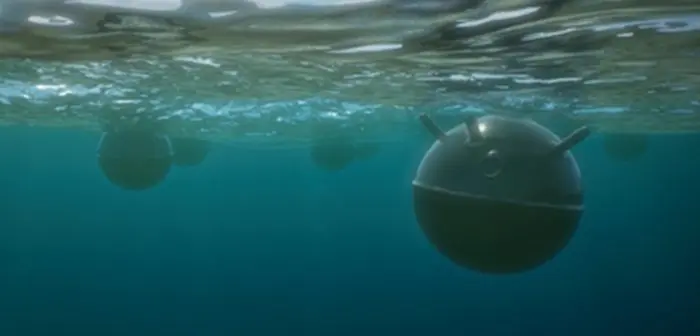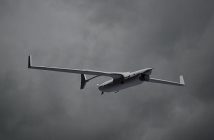
The M940 Oostende, the first next-generation mine countermeasures vessel (MCMV) for the Belgian Navy, has officially moored in Zeebrugge, marking a historic milestone for the Belgian-Dutch rMCM (replacement Mine CounterMeasures) programme.
The arrival ceremony was attended by Belgian Minister of Defence Theo Francken, Chief of Staff of the Belgian Armed Forces General Aviator Frederik Vansina, Naval Group Chairman and CEO Pierre Éric Pommellet, and Jérôme Bendell, Director of the Exail Maritime Division.
The Oostende represents a major technological leap forward in European mine warfare and is the result of close cooperation between Naval Group, Exail, Kership, Piriou, and a broad network of Belgian partners and suppliers. The vessel’s delivery demonstrates the success of an ambitious European collaboration designed to strengthen NATO interoperability and advance autonomous naval technologies.
Pierre Éric Pommellet, Chairman and CEO of Naval Group, described the milestone as a major achievement for European defence cooperation.
“The arrival in Zeebrugge of the Oostende, the first mine countermeasures vessel in the rMCM programme, the result of joint efforts by Naval Group and its partners Exail, Kership, Piriou, and all our Belgian partners and suppliers, is a major milestone for European defence cooperation,” Pommellet said. “This innovative drone-based solution will help strengthen the naval power of the Belgian and Dutch navies, thanks to its resilience capabilities already demonstrated during sea trials.”
Jérôme Bendell, Director of Exail Maritime Division, highlighted the industrial and technological significance of the project.
“Exail is proud to deliver, alongside Naval Group, this new drone-based mine warfare capability to Belgium and the Netherlands,” Bendell said. “The result of our investments in Belgium, where all our drones are produced, this programme embodies exemplary European cooperation between industry, navies and national authorities. With expertise spanning navigation technologies to complete command and control systems, Exail is contributing to providing Belgium and the Netherlands with cutting-edge capabilities that will set the standard within NATO and strengthen European sovereignty.”
An innovative model for European defence cooperation
Awarded in 2019 to Belgium Naval & Robotics, a consortium formed by Naval Group and Exail, the rMCM programme is a flagship example of European defence cooperation in action. It includes a 20-year industrial and knowledge transfer plan aimed at reinforcing Belgium’s Defence Industrial and Technological Base (BITD), involving local suppliers in construction, integration, R&D, and maintenance.
Under the programme, Naval Group is responsible for vessel design and overall integration, working closely with Exail on the mission systems. Construction and assembly are being conducted by Piriou under the industrial project management of Kership, a joint venture between Naval Group and Piriou. Exail Robotics Belgium, the company’s local subsidiary, manages the production and maintenance of unmanned systems.
Nine ships under construction
With the Oostende now moored, nine of the remaining eleven vessels in the series are currently under construction, five of which are already afloat. The Vlissingen, the second vessel in the series and the first for the Royal Netherlands Navy, began sea trials in mid-2025. The Tournai, also for Belgium, is expected to start trials later in November. Meanwhile, construction of the Delfzijl, the tenth vessel, began in late October. Deliveries will continue progressively until 2030.
Drone-based mine warfare: a paradigm shift
The rMCM programme introduces a fully robotic approach to mine countermeasures operations. Unlike traditional minehunters, the new vessels are designed to remain at a safe distance from minefields, deploying an integrated system of surface, underwater, and aerial drones for detection, identification, and neutralisation.
This stand-off method increases the speed and safety of mine clearance operations while reducing risks to personnel. The vessels are also engineered with high survivability in mind, featuring low acoustic, electrical, and magnetic signatures and reinforced hulls capable of withstanding underwater shockwaves.
With the successful mooring of the Oostende, Belgium and the Netherlands are not only enhancing their own maritime security but also contributing to the next generation of NATO mine warfare capability.
The Oostende’s arrival marks the beginning of a new era for European naval innovation—one where autonomy, resilience, and cooperation define the future of maritime defence.





